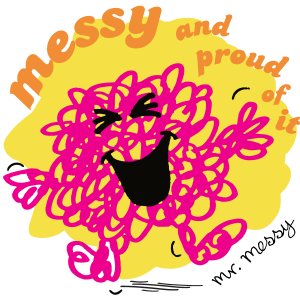Consider the rubrics. What are your initial thoughts? How could you see yourself using any aspects of these in collaborative planning? Think about how you could use aspects of these in your planning unit—assignment 3
Galileo Network Inquiry Rubric
This rubric offers a comprehensive tool for a teacher or teachers to self assess their
inquiry projects. Clear and thorough, this rubric would encourage an in-depth analysis of an inquiry project. However, I would hesitate to use this at the beginning with a colleague at it is content heavy and potentially overwhelming. Perhaps a good way to start would be to collaboratively discuss and develop a common understanding what is important in an inquiry project, using the sub headings to subtly guide and flesh out the original brainstorming process. Once an inquiry skeleton draft is devised, the Teacher Librarian and teacher(s) could then use the rubric to assess and revise the initial plan. If just a pair is working together, the two could move through the rubric together via an informal discussion. However, if a larger group is working together, the document could be jigsawed and everyone could report out on their piece.
This rubric is a very effective and worthwhile document. However sensitivity as to how and when it is used would be crucial. This could easily overwhelm a teacher new to inquiry.
Mindsetworks.com: Effective Effort Rubric
Although a solid start in developing an effective learning process rubric, Mindsetworks.com’s “Effective Effort Rubric” requires modification prior to implementation in a B.C. education setting. First, the learning process subdivisions should be reconsidered and perhaps revised in light of the teacher’s chosen inquiry model and the school’s common language around metacognition and executive functioning. For example, if a school or district has done work around Restitution or even SMART Reading, similar language and structures could help build on students’ prior knowledge. Another idea would be to co-construct the rubric with the students and/or other teachers. Second, although intriguing, the three levels (Fixed, Mixed, and Growth) are not commonly used in B.C. Mirroring the Performance Standards’ rubric format would likely be more beneficial for students as the layout will likely be familiar and will resurface throughout their academic career. Finally, having taught in an alternative setting, I’m conscious of using ‘you’ statements (e.g. “You don’t really take on challenges on your own.”). Although kid-friendly language, the phrasing might stimulate a defensive reaction in some students.
In short, a great rubric to provoke conversation and thought about what phantom skills need to be transparent, explicitly taught and formatively assessed throughout the inquiry process. Unmodified, this is not the best fit for a B.C. inquiry project.
Space Exemplar
This rubric’s familiar format and language make it an ideal exemplar for B.C. educators. Especially appealing is the grouping of Prescribed Learning Outcomes (PLOs) into the two broad categories of Skills and Content. Although obviously more PLOs will be met throughout the inquiry unit than those outlined, the teachers keep it clear, simple and focused by clarifying what specific few PLOs are targeted.
I like the format and language as well as the narrow PLO focus. Developing a similar document would be an ideal place to focus with a teacher. Key questions would include: What PLOs do you want students to meet through this project? What are the most important? Which PLOs are skill-based? Which PLOs are content-based?















